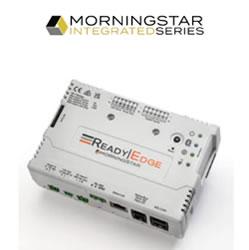Distributed Generations Future Impact on the U.S. Capacity Markets
Solar Tracking Technology
Trees go high-tech: process turns cellulose into energy storage devices
The Benefits of Power Optimizers
NextEnergy Drives Investment in Advanced Energy Technologies in Michigan
Finding Solutions For Battery Sulfation Issues In Renewable Energy Applications
Much Energy Above the Treetops
Using Algae to Produce Four Key Fuels
Sustainability for the PV Industry: Field Service
Solar Power and the Future Energy Mix
The Key To Residential Solar Power Is Now Marketing
The Benefits of Converting Waste Heat to Power
From Selenium to Silicon and Beyond
Technology Increasing Wind Industry Competitiveness
Considerations for Determining Energy Requirements and Technologies for Renewable Projects
Records 1771 to 1785 of 3092
First | Previous | Next | Last
Featured Product

